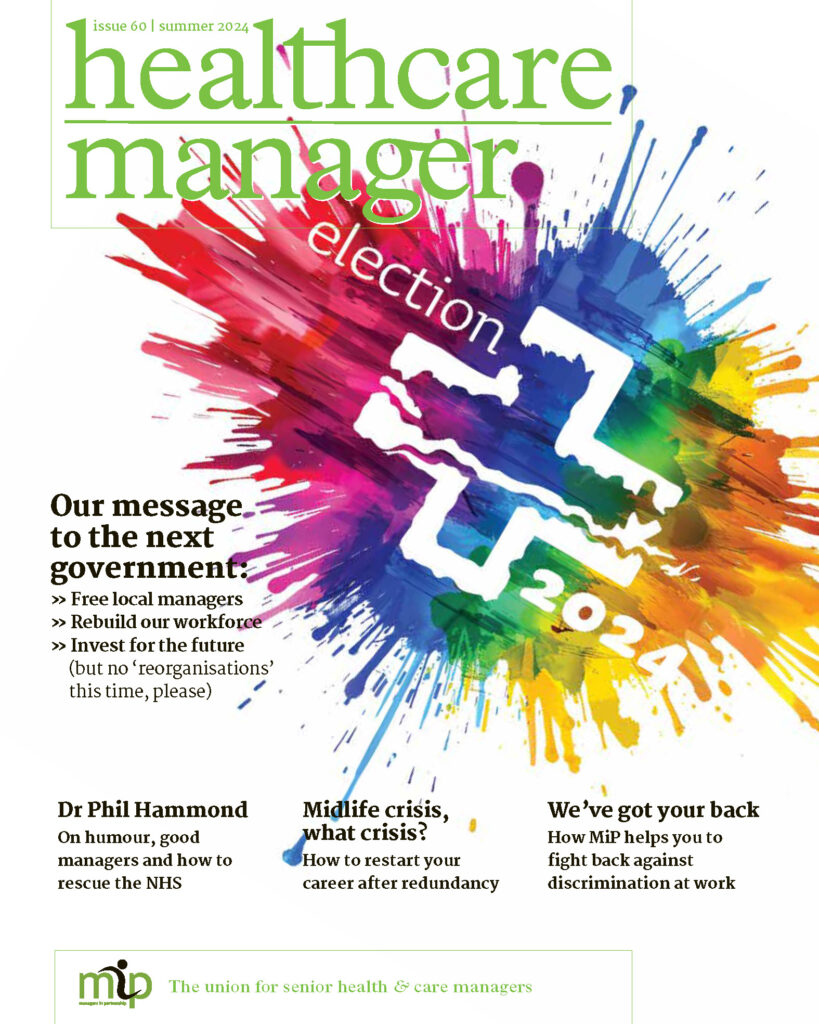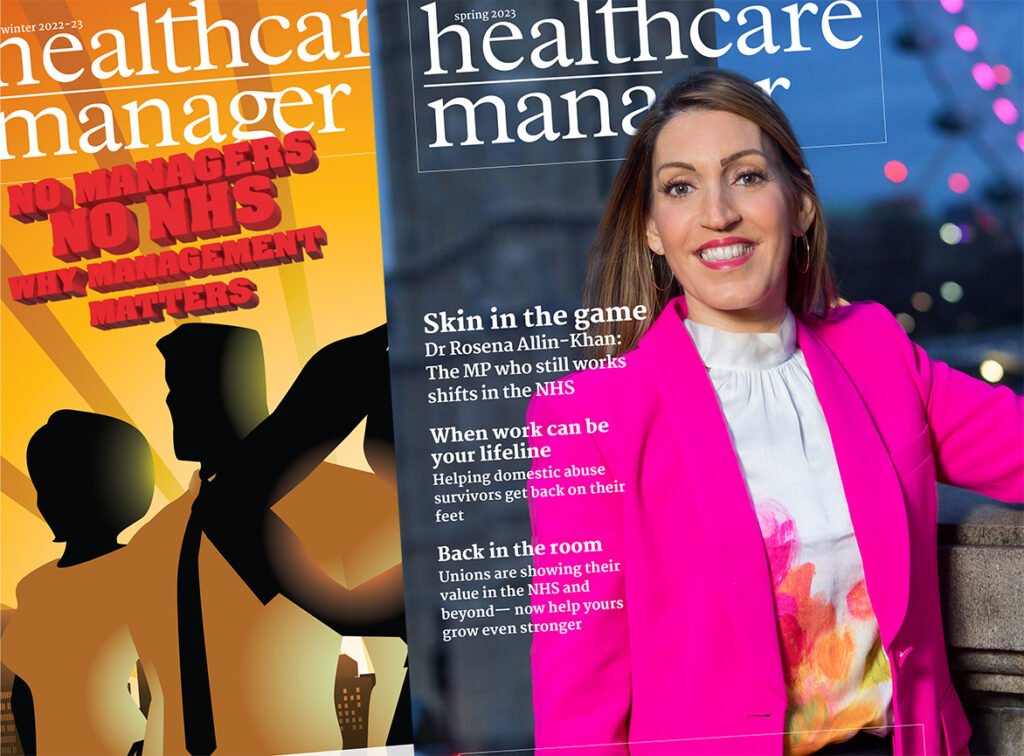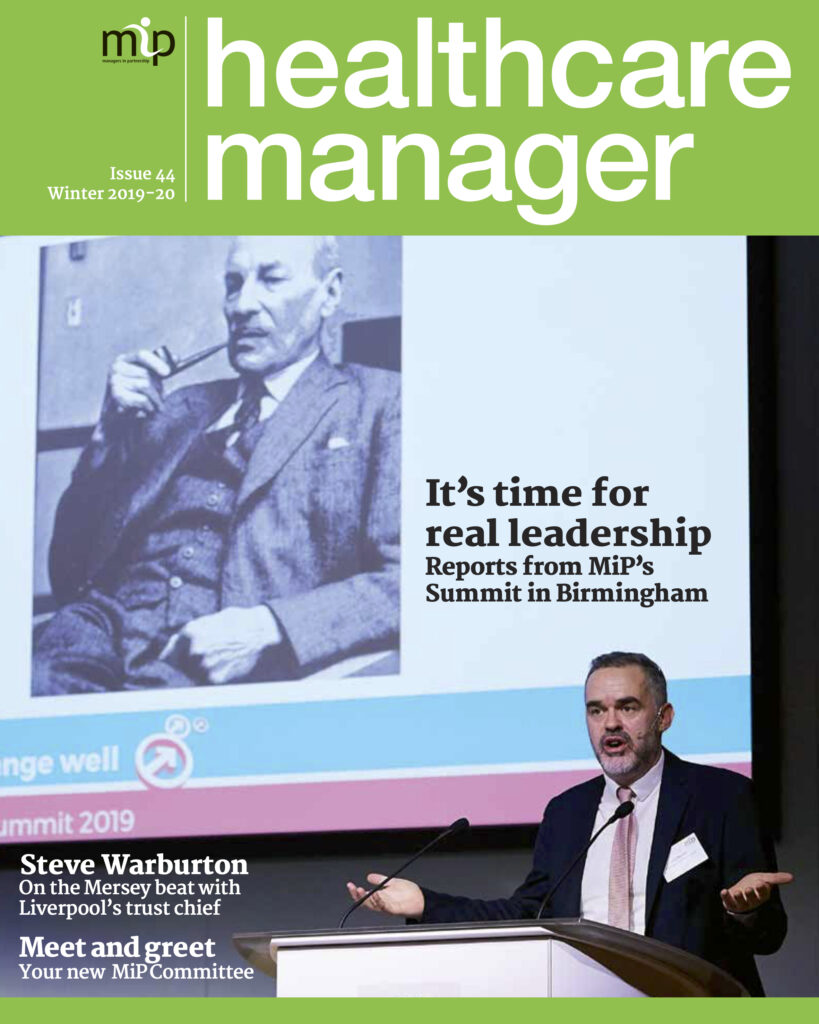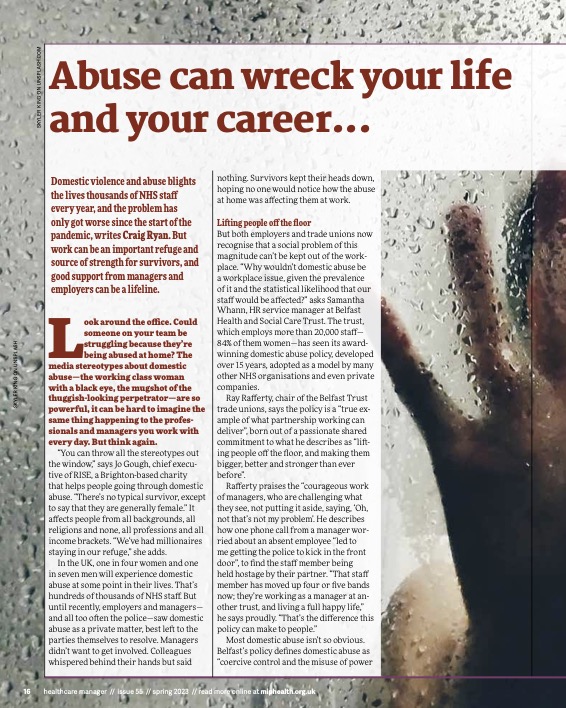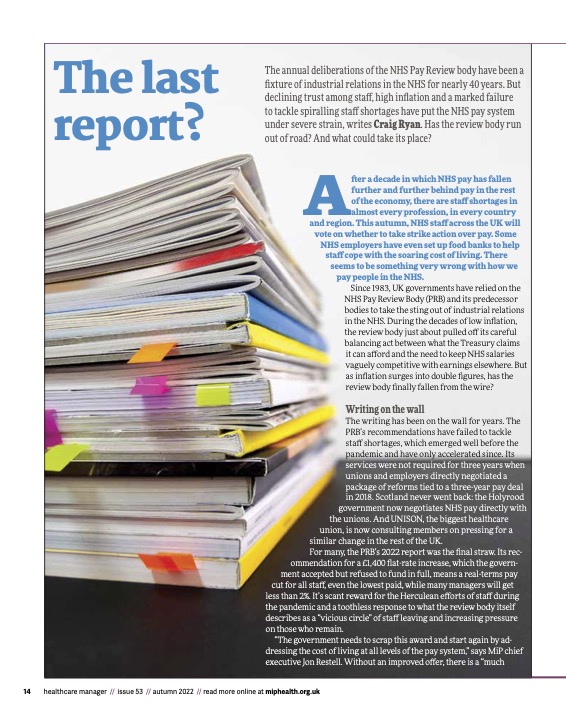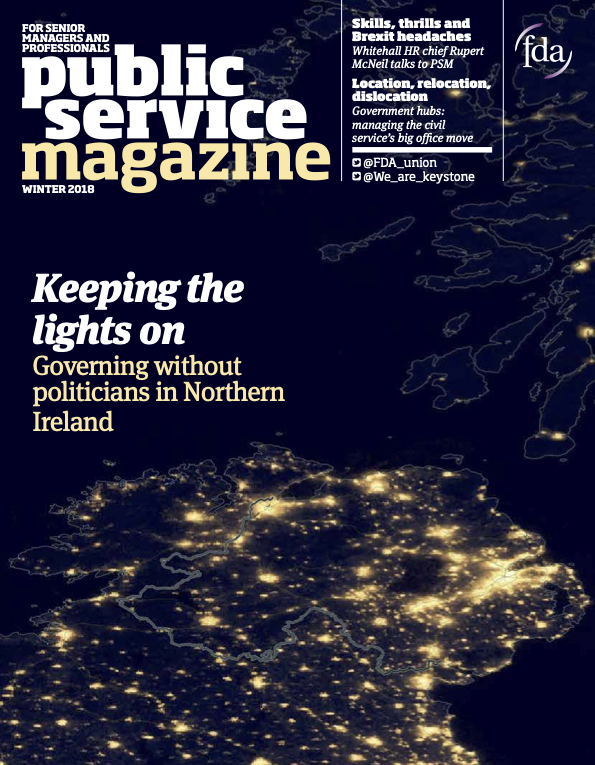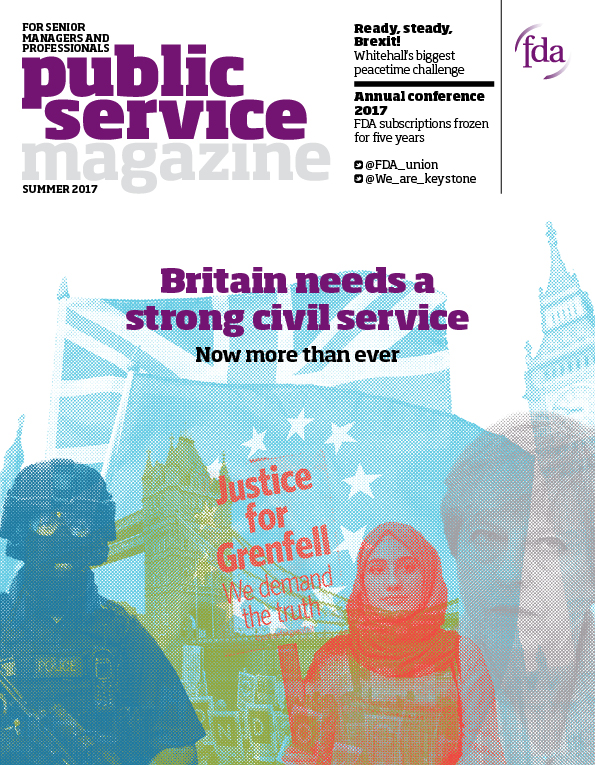The latest issue of Healthcare Manager, the quarterly magazine for managers in the NHS and social care, is out now.
This one turned into a bit of a ‘reform special’, with the fallout from the Darzi review into the state of the NHS (there’s a very good summary of Lord Darzi’s findings from the NHS Confederation here), and lots of rather bitty statements from ministers on how they might reform the NHS and what might be in the forthcoming ten year plan.
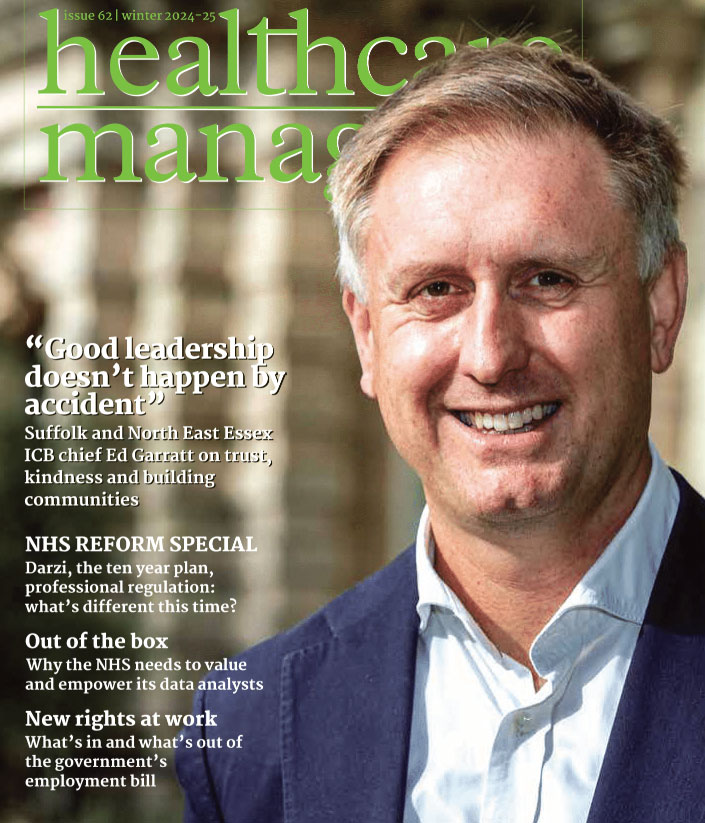
So in this issue we look at what the Darzi review means for managers, how the ten year plan needs to be different from previous failed reform plans and at the government’s rather sketchy plans for professional regulation of NHS managers.
Our main interview is with Ed Garratt, chief executive of the Suffolk and North East Essex Integrated Care Board (ICBs are the bodies that plan and fund NHS services in your local area). As well as running one of England’s most successful ICBs, Ed leads a whole bunch of task forces and pilot projects that may play a big role in the government’s reforms. What he has to say about the need for compassion and kindness in leadership, investing for the future and doing things differently in the NHS is well worth a read.
I hope you enjoy this issue. The digital edition is free for everyone to download and read.
I’ve been editor of Healthcare Manager since 2016 and have worked on the title since it was launched in 2009. If you want to know more about the magazine or work with us on a story, please drop me a line.
